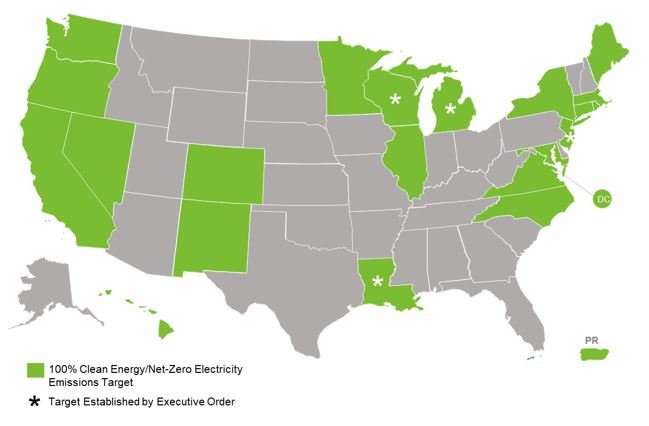ERCOT’s latest failure shows: we can’t backtrack on reliability
The regional electric grid operator in Texas, the Electric Reliability Council of Texas (ERCOT), sent a request to stakeholders earlier this year asking for more reserve generating capacity for the upcoming winter peak months.
The request specifically targeted decommissioned coal and natural gas plants owned by municipalities, wanting to bring these retired facilities back to service in order to power an additional 600,000 homes.
According to ERCOT, the request was fueled by the following factors:
- Recent electricity demand increases
- Recent and proposed retirements of coal and natural gas generation resources
- Recent extreme winter weather events.
None of the decommissioned power plants decided to return to service, however, forcing ERCOT to cancel the request.
And this highlights the issue.
Backtracking on reliability isn’t an effective strategy
Policies that backtrack on reliability are never a real solution.
They’re good in the sense they recognize the reality of capacity shortfalls on the system, but bad in that they highlight the reality of a failing system — one that routinely fails to ensure consistently reliable and affordable electricity.
To put it frankly, we wouldn’t need to restart closed power plants if we weren’t retiring them in the first place.
It seems simple enough, but unfortunately, bad energy policies and net-zero commitments have been plaguing electricity markets for decades. These policies and commitments — ones that favor unreliable wind and solar energy sources over reliable thermal plants — have resulted in many reliable plants retiring prematurely and, to the frustration of ERCOT operators, remaining closed despite pleas to restart them.
This is a ridiculously inefficient and exhausting system, even if there had been enough capacity to match what ERCOT desired for reserves.
Mixed priorities
The traditional pillars of electricity market success — reliability and affordability — have taken a backseat to the new fad of our time: climate change action.
While the desire for a clean environment is perfectly fine, the short timelines alowed to achieve net-zero (2030, 2040, 2050), put forth by state after state, are reflective enough of a doomsday mentality that has taken the reigns of energy policy in much of the country.

Serious proposals to affordably and reliably incorporate new “clean” energy sources (whether they be wind, solar, nuclear, etc.) would extend many decades into the future, taking into account the need to let existing plants operate throughout their useful lifetimes and allowing new or outdated technologies to mature.
Proposals such as this are extremely rare, however, because advocacy for renewables and climate catastrophizing virtually go hand-in-hand.
The idea that we need to radically change our electricity grid “before it’s too late” has resulted in questionable outcomes for hardworking families and businesses, including with the Comanche 3 coal plant in Colorado, originally designed to run until 2070, now being scheduled to retire by 2031 — robbing the customers who paid for it of nearly 40 years of affordable and reliable electricity from the facility.
Just ask Texas during the deadly blackouts of February 2021 how catastrophic these policies can be when left unchecked, where they resulted in the state relying entirely on intermittent wind energy to power its rapidly growing electricity needs.
Or, ask the other electricity regions in the country at the time, who, rather than having electricity to spare for Texas (even if they had the option to), were experiencing their own capacity emergencies and had to deploy rolling outages to thousands of customers.
NERC reliability reports suggest the same
Reliability reports from the North American Electric Reliability Council (NERC) say the same thing, as well, year after year.
Referring to Southwest Power Pool (SPP), the regional transmission operator (RTO) with the largest wind energy adoption as a percentage of total generation, NERC noted: “[E]nergy risks emerge during periods of low wind or forecast uncertainty and high electricity demand.”
Reliability first
I’ve modeled enough wind and solar hourly profiles to know that renewable droughts are far from just one-off events, as some claim.
Efforts by ERCOT to right the ship on Texas’ electricity grid are notable in that they recognize a severe issue. However, they seem to have come far too late and are a great example of why energy policy can’t be made on the fly.
If we don’t start planning for so-called once-in-a-lifetime events when it comes to electricity reliability, we’ll continue dealing with what were once considered once-in-a-lifetime blackouts.